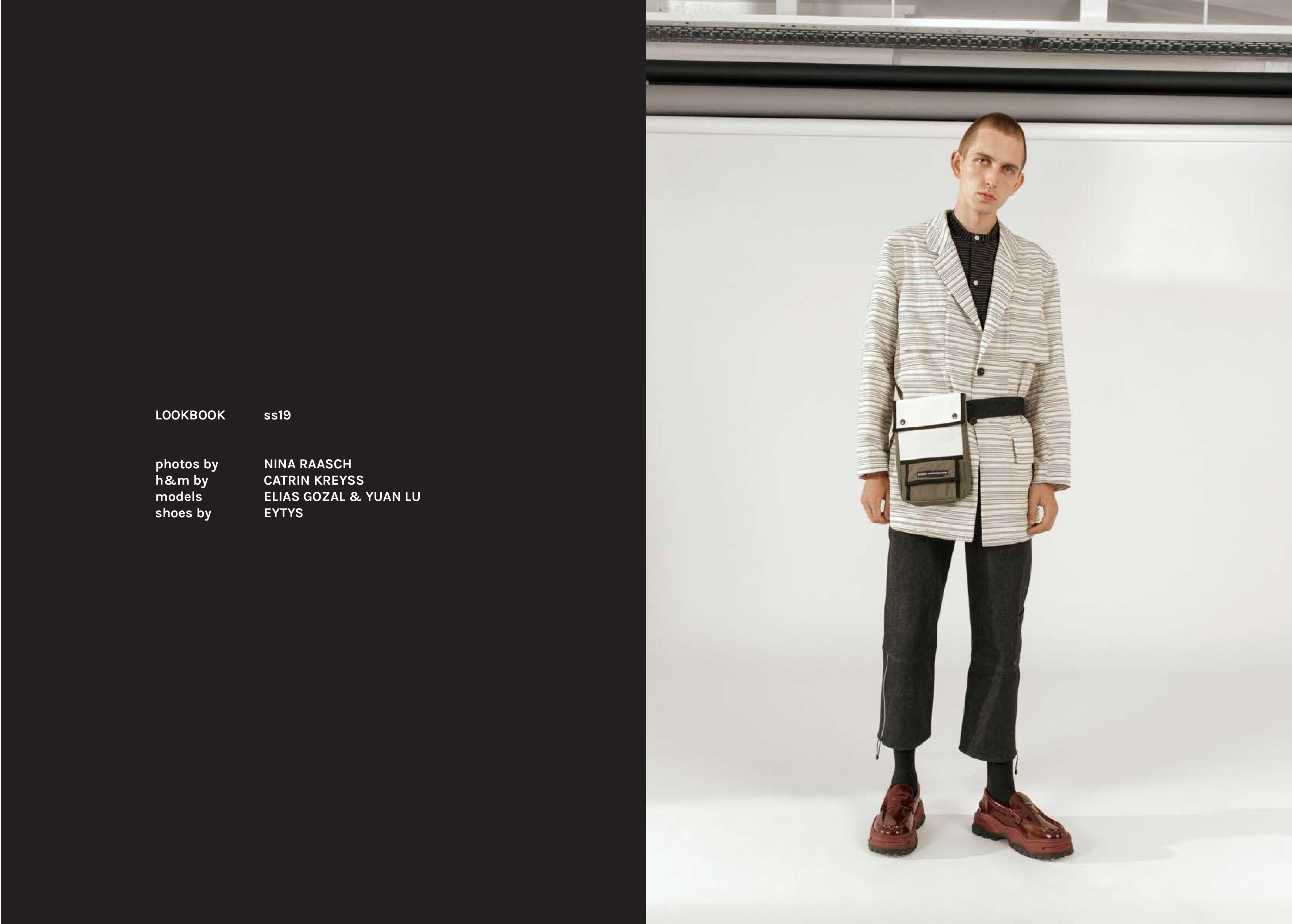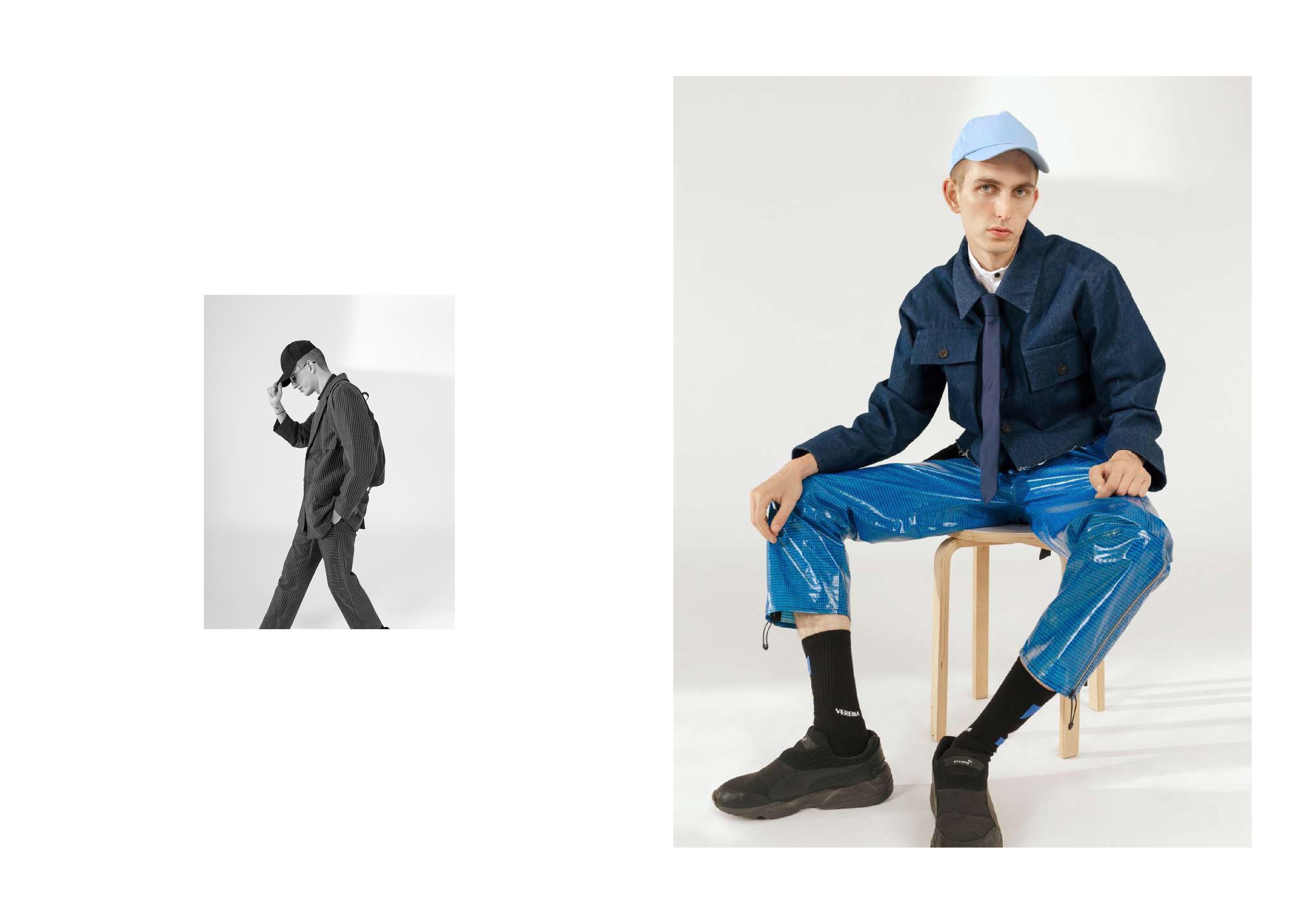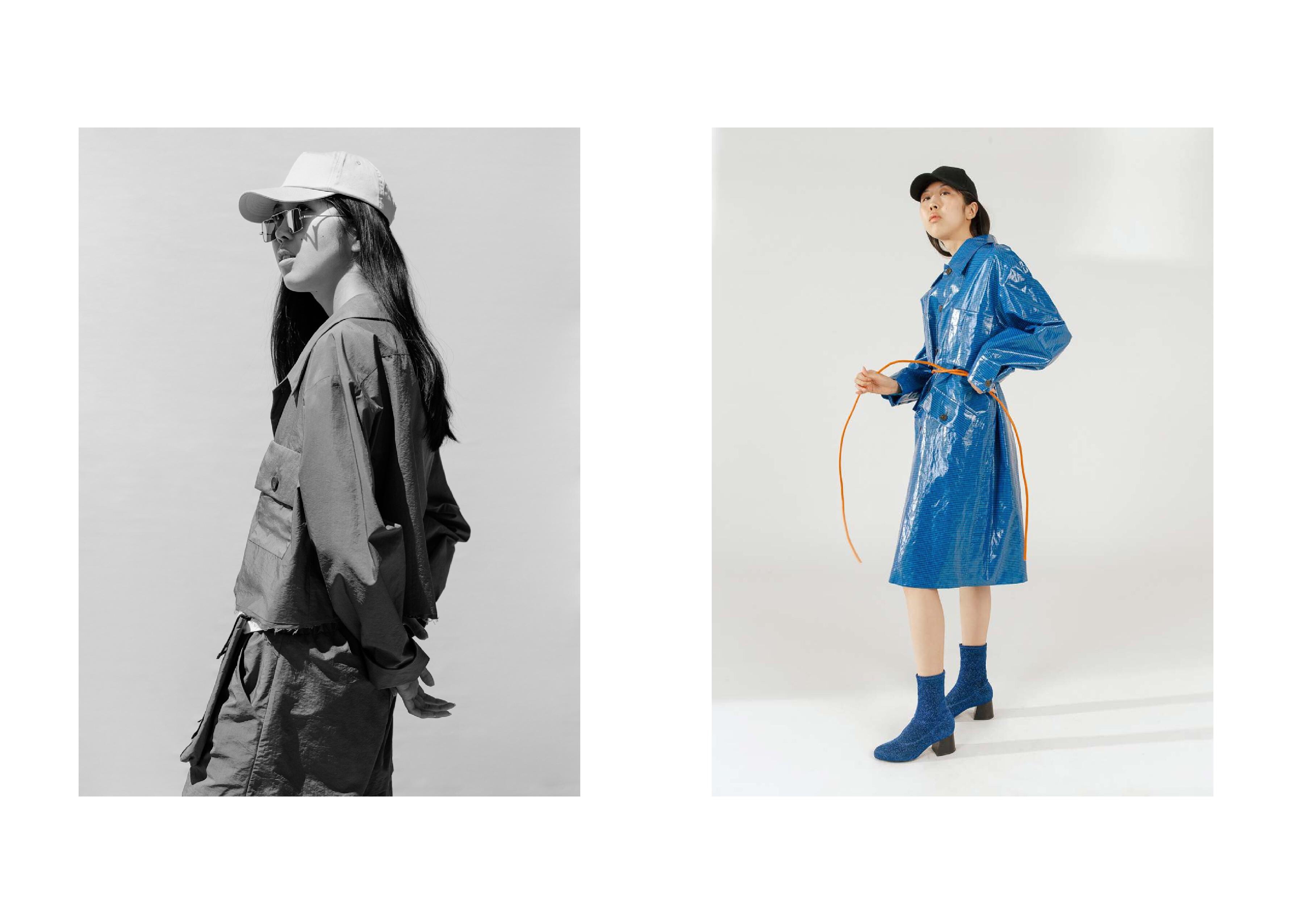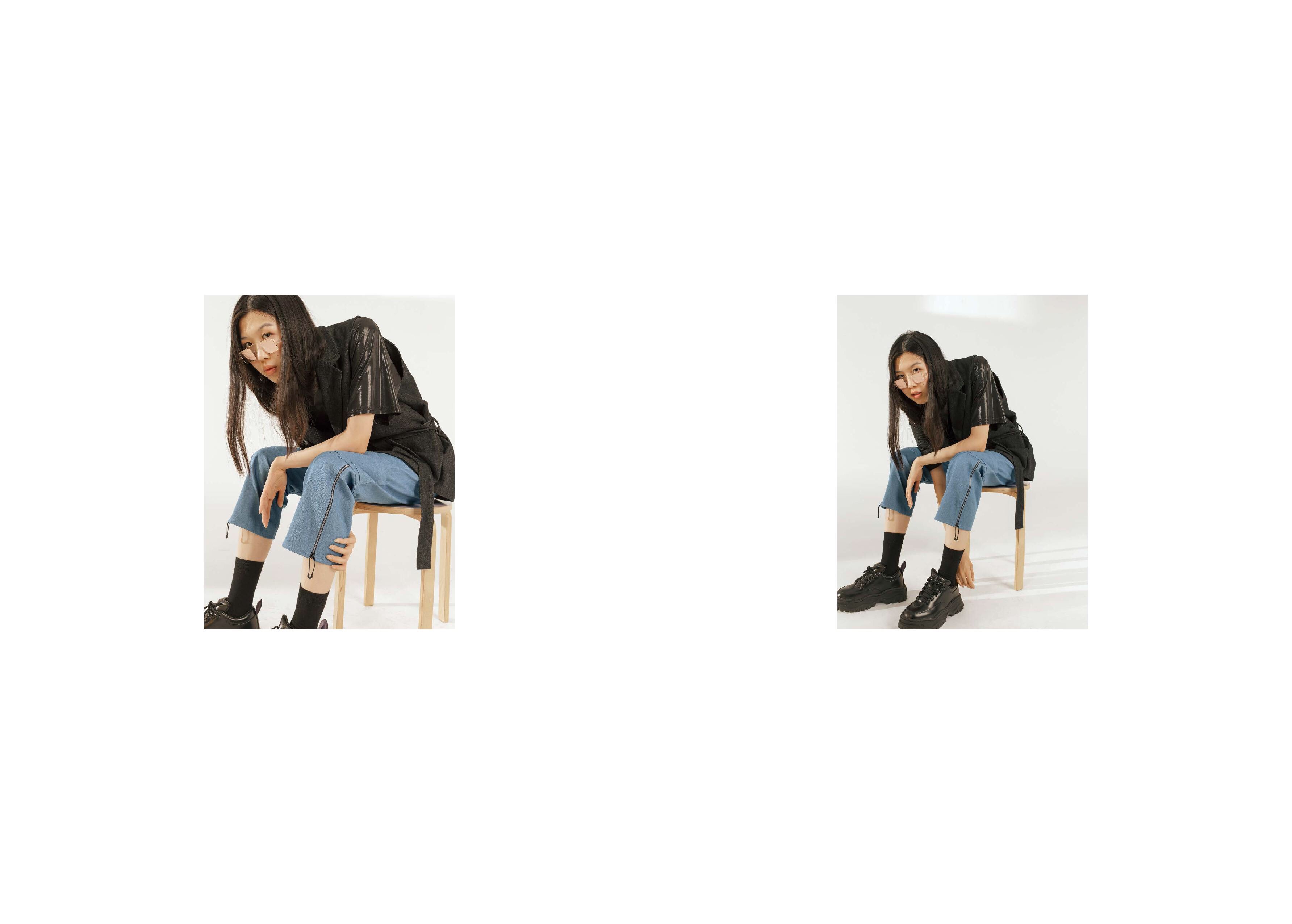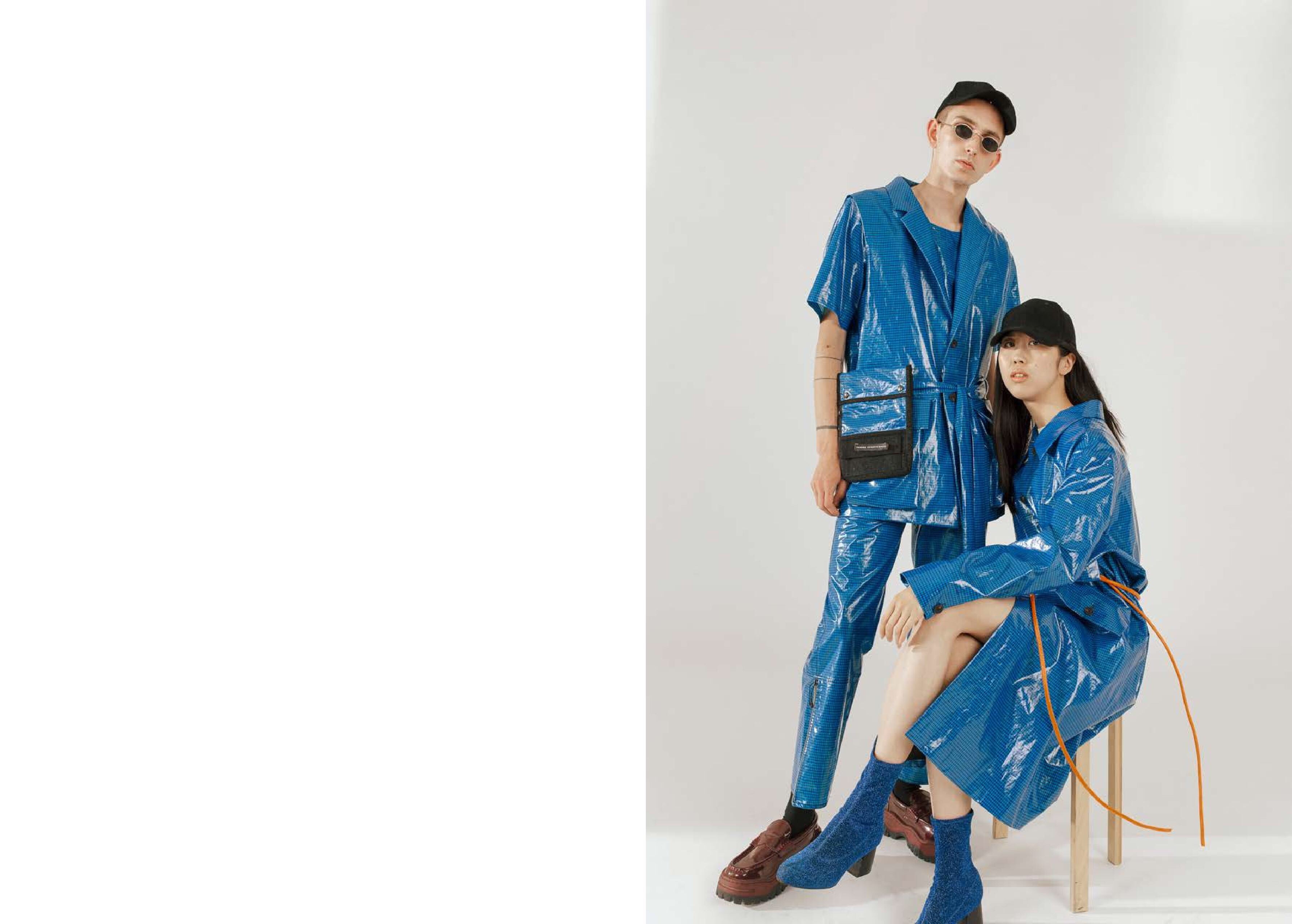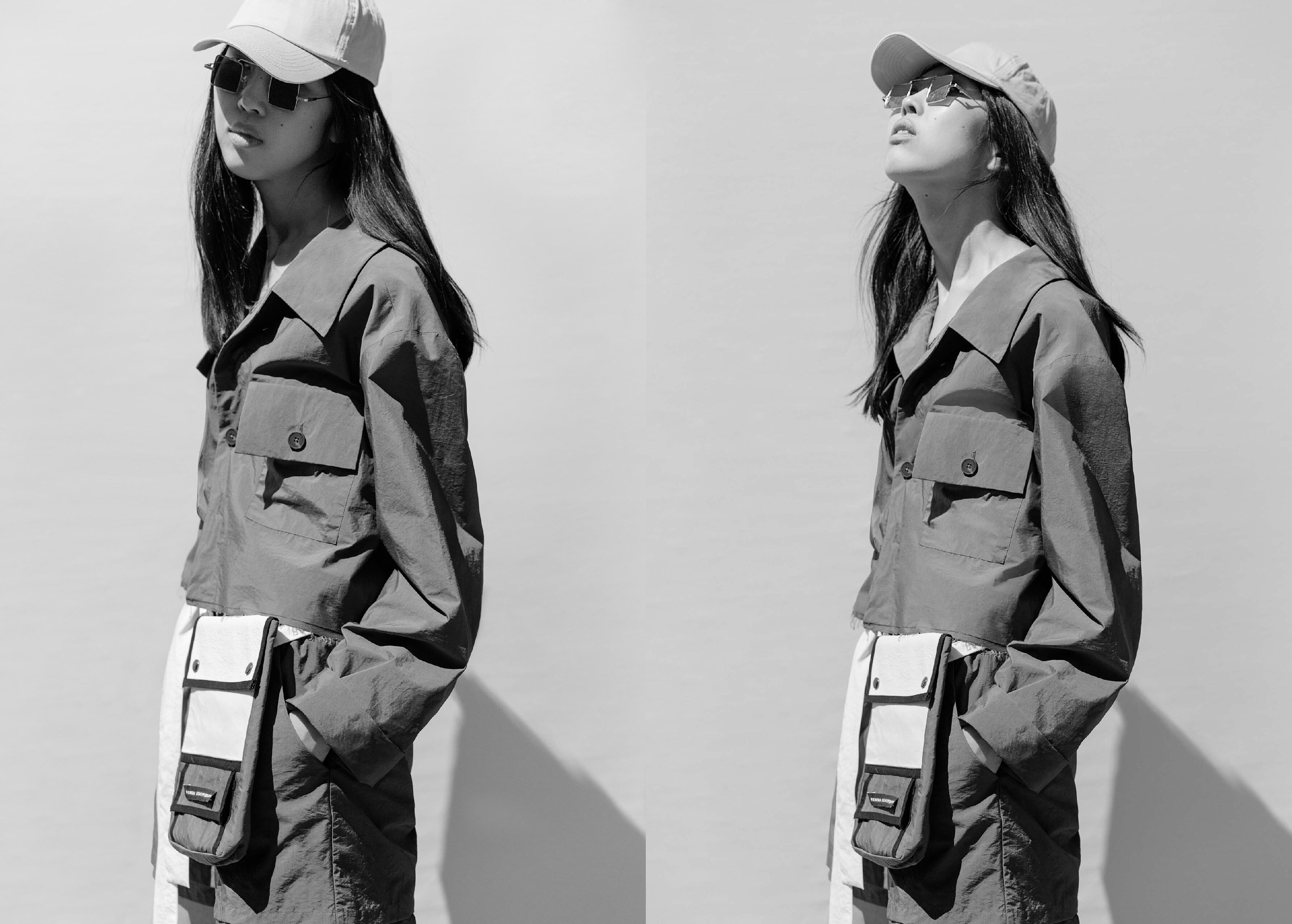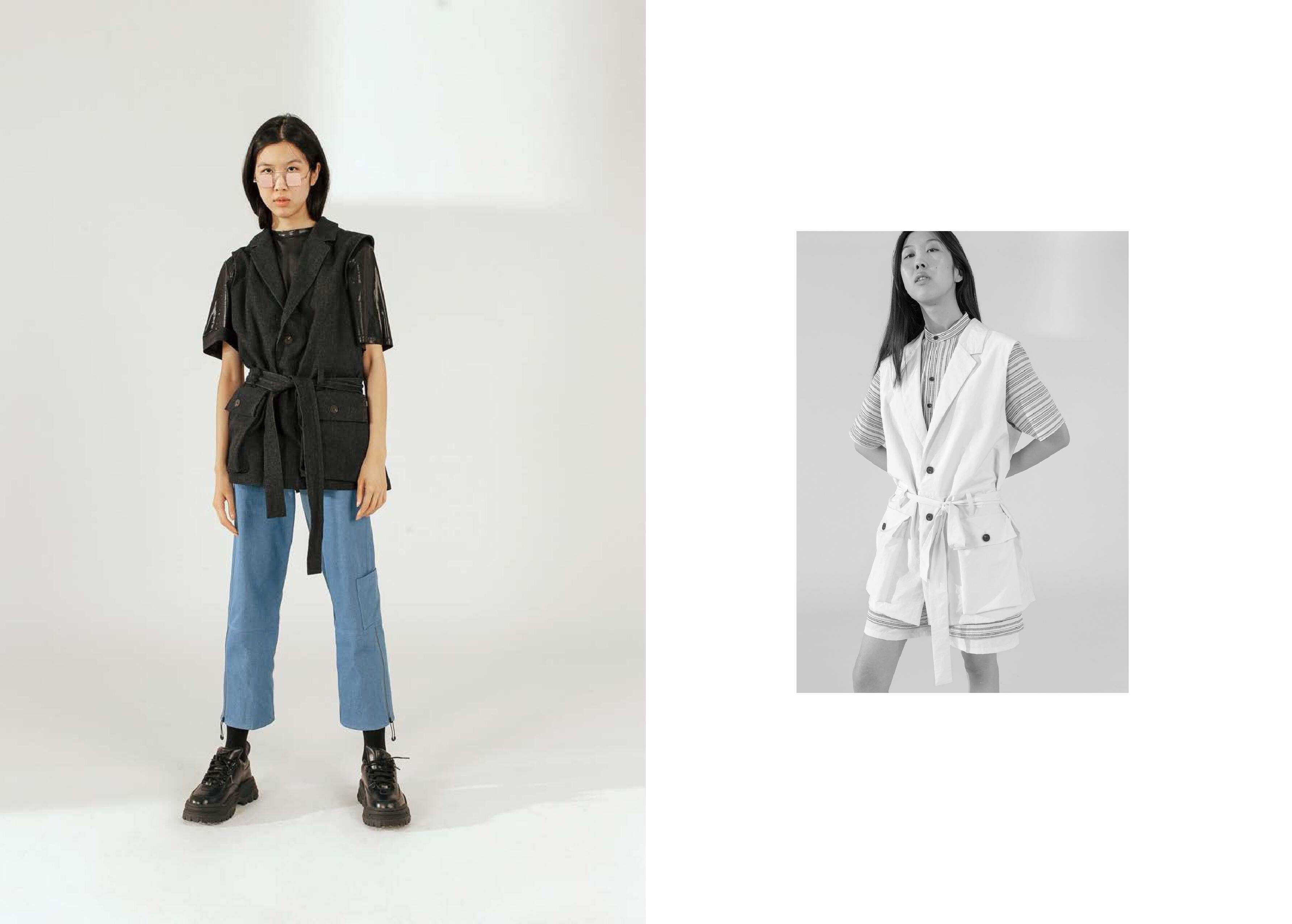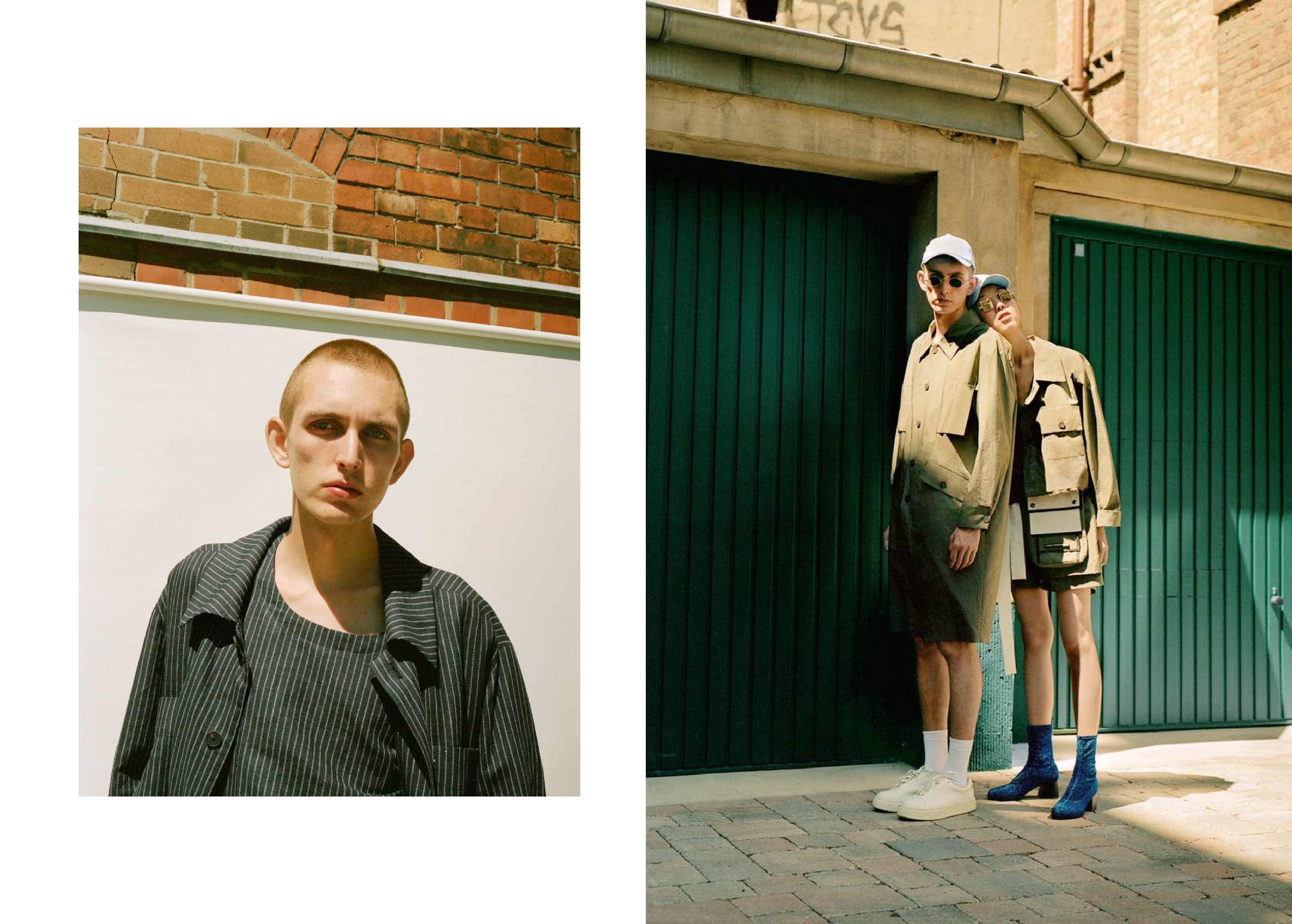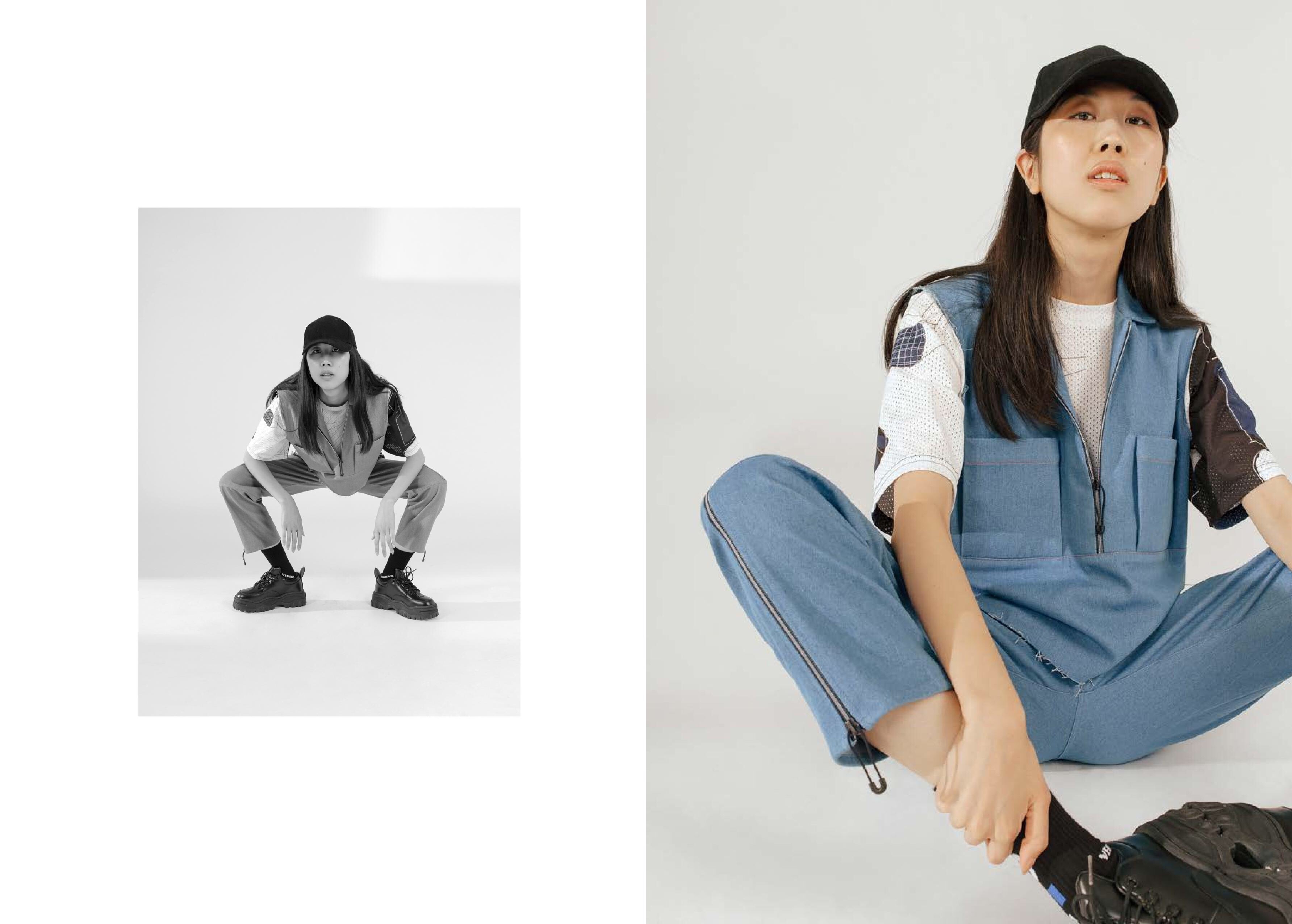Verena Schepperheyn is an award winning German brand which “specialise in creating high quality products with a focus on detail and material uniqueness.” They are designed and made in their home country and approach familiar silhouettes in unique, new ways. These are clothes made for the fashionable youth of today.
Their latest collection continues the unisex format which began for their A/W 2018 collection. Schepperheyn describes land art and urban art as S/S 2019’s primary influence and uses opposites and contrasts in materials and textures to search for similarities where one would be surprised to find them. Using colour blocking to retain simplicity, the collection has a refined feeling with a sensitive touch in their top stitching details. We speak to founder of the brand, the eponymous Verena Schepperheyn to delve deeper into the brand’s identity. Don’t forget to check out the images from their latest lookbook below.
Could you tell us a little bit about your journey with the brand?
The brand was established in 2015. I had just moved to Berlin and started working with different photographers, stylists and other designers on small projects and photo-shoots. After more of my work was online, some stores and online shops contacted me asking to sell pieces of my post-graduate collection. Back then I was planning to leave Berlin again to work abroad but I quickly realised that I will miss working on my own collections and projects. So I decided to work on a freelance basis for a while and start building the brand on the side. It was a tough journey learning all the different aspects of managing a small label and there are still new responsibilities and challenges every day to master but I have never regretted having made the decision to start my own business.
How did you become interested in fashion?
It’s hard to pinpoint the moment I became interested in fashion. I definitely was not the most fashion forward kid in my home village. I always liked to create things though – drawing, working with clay or papier mâché were my favourites back then. Also in school it got more and more clear that my strengthens were in design.
I spent half of my childhood at my grandparents, who lived next door. My grandmother showed me how to sew and knit already at the age of 8. I started sewing carnival costumes and plush toys, knitted scarfs and so on. But it was first in my final year of school, after talking to my art teacher, that I realised that the interest for fashion and creating clothes had been there for much longer.
Who are your biggest influences?
One of my biggest influencers was and will always be my grandmother. She was a very strong, ambitious woman, who taught me that hard work and believing in what you do pays off in the end. She and my grandfather are also the main inspiration for our AW18 collection.
What do you think about fast fashion and the future of fashion weeks?
I think the biggest problem is that most people have lost the sense of valuing clothes and the craft behind it. The buying behaviour has changed, so that consumers became obsessed with buying as much as possible instead of buying less but with a good quality, produced under fair conditions. I hope that there will be more awareness again in the future.
I’m actually not sure if there still will be traditional Fashion Weeks in the far future. There is so much digital improvement, especially in the augmented reality technology, so that there could be a digital replacement of Fashion Shows at one point. But l think that personal contact will always be important and, therefore, I believe that there will always be such events, where people come together to get to know each other on a personal level. Maybe that will happen less regularly and I also could imagine Mens and Womenswear will be even more connected.
Are you fans of Instagram?
I think Instagram is very important at the moment. We already have made great connections with amazing people, as they found our work on Instagram. But to be honest, I’m not a social media pro. Sharing personal moments still feels strange, it feels not relevant to me also because I want to put the main focus on the brand and not on me as a person. We use Instagram more like a collective tool – we as a team create content and manage the account.
You said in the press release that land art inspired the collection, what is the relationship between fashion and art for you or are they one and the same?
There is definitely fashion out there, which can be seen as art. But for my work, fashion and art are not the same. At least I don’t make it a standard for my collections. Art can inspire and influence my work, also in terms of presentation, but I see the designs much more in relation to the body and in context with functionality and quality.
Is unisex fashion the future?
I think it pretty much depends on how trends are evolving. For our style it works well as our designs have a clean cut and are easy to wear for both genders. But in terms of fit, it was still a challenge to make the trousers for example fit both genders. After seeing that there are lots of requests from women wanting to buy our collections, we decided last season to start doing unisex collections. We overworked the patterns again and again until finally being very happy with the result.
I think there will still be separate women and mens lines in the future with some brands, but less then there are today.


